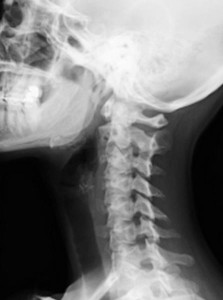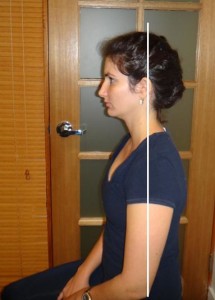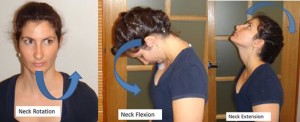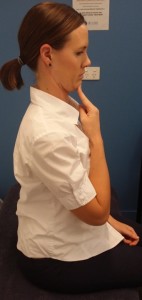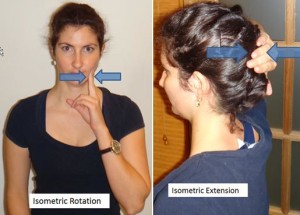“Someone ran up the back of me. Now I have a sore neck”
Unfortunately, a common condition we see in the clinic is a patient with a whiplash associated disorder.
The common scenario is coming to a stop at a set of lights or the traffic stops in front of your car and the driver behind you either doesn’t realise you have stopped or they are distracted by using their phone etc. They can’t stop in time and run into the back of you with a bang.
Whiplash is not a diagnosis but rather a term to describe the acceleration-deceleration forces on the neck when this type of accident occurs. These forces can lead to injuries to muscles, joints and nerves leading to pain and other symptoms including;
- Dizziness
- Nausea
- Being lightheaded with neck movement
- Headaches
- Neck stiffness
The good news is that most of these symptoms and injuries will heal with the appropriate management but some people can have persistent symptoms at greater than 12 months later.
What should you do if you suffer Whiplash?
Firstly, you should see your local GP and have an assessment of your condition and have this documented.
In Queensland, when you injured in a motor vehicle accident due to the fault (total or partial ) of the driver, owner or another person insured under a Compulsory Third Party (CTP) insurance policy, you may be able a CTP claim under the legislation.
See http://www.maic.qld.gov.au for more information.
Then it is a good idea to have a comprehensive assessment at All Care Physiotherapy with one of our experienced physiotherapists.
Ask your doctor for a referral.
We can then start the appropriate treatment to get you back on track and out of pain as well as fill in a provider management plan that we can send off to the CTP insurer. The CTP insurer will generally approve at least some initial physio treatment to help you recover.
Once the CTP insurer accepts the claim then our clinic can directly bill the insurer meaning that you are not paying for the approved consults. Any initial consults can be reimbursed by the CTP insurer.
How can you help yourself to recover from whiplash?
- Maintain good posture at all times
- Change position regularly meaning that don’t sit for long periods before standing or walking
- Do pain free gentle neck range of movement exercises
- Start gentle chin tucks
- Take pain relief as required
- Stay positive about your recovery because the majority of these injuries will get better
- Stay active as much as possible but you may need to modify activities at first. This termed pacing and means you need to find the right amount of a particular activity that doesn’t aggravate your symptoms
- Change tasks regularly
- minimise lifting and lift the right way
- return to work as soon as possible as the sooner you return to normal the better your outcome will be
Signs you may need further assessment like a scan of your neck
- excessive pain that is radiating into the arms or severe pain that is not settling with treatment
- pins and needles in the arms
- arm weakness
Some good exercises for you to do to recover from whiplash
- Maintain good posture at all times.
Grow tall through the top of your head and gently draw your shoulder blades back. Try to align the centre of your ear with the tip of your shoulder.
- Gentle Range of Movement
While maintaining your good posture, complete the gentle range of movement exercises as pain free as possible.
- Chin tucks
Gently activate the deep stabilising muscles of the neck by performing a gentle nodding movement. Think about nodding yes and then hold without the big muscles of the front to the neck working. Hold 10 secs. 6 repeats.
- Gentle isometrics
Complete these exercises with a small amount of pain free contraction of the muscles. An isometric contraction is one where the force of the resistance with your hands is as much as the force of moving. Therefore there is no movement of your head as part of the exercise. Hold 6 secs. 6 repeats.
I have suffered Whiplash and still have problems? What should I do?
Firstly, start the exercises listed to get you on the right track.
Secondly, an assessment with one of our experienced Physiotherapists to pinpoint what are the issues that need to be addressed would be beneficial. See your GP for a referral and lets start getting you on the right track.



